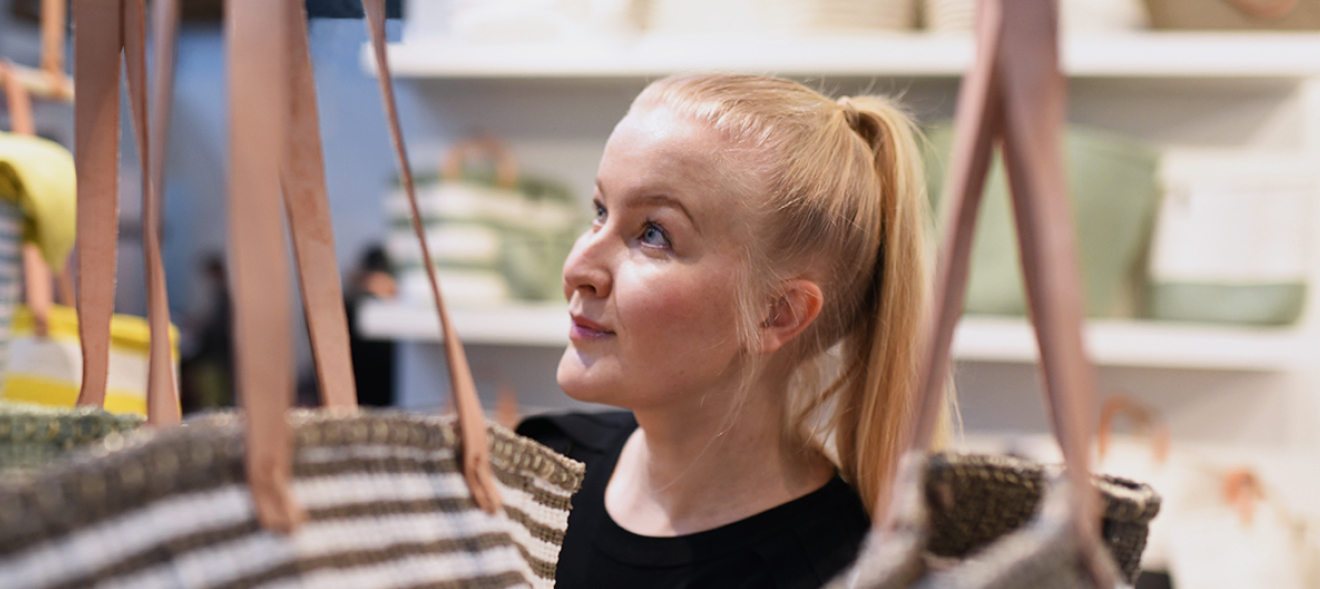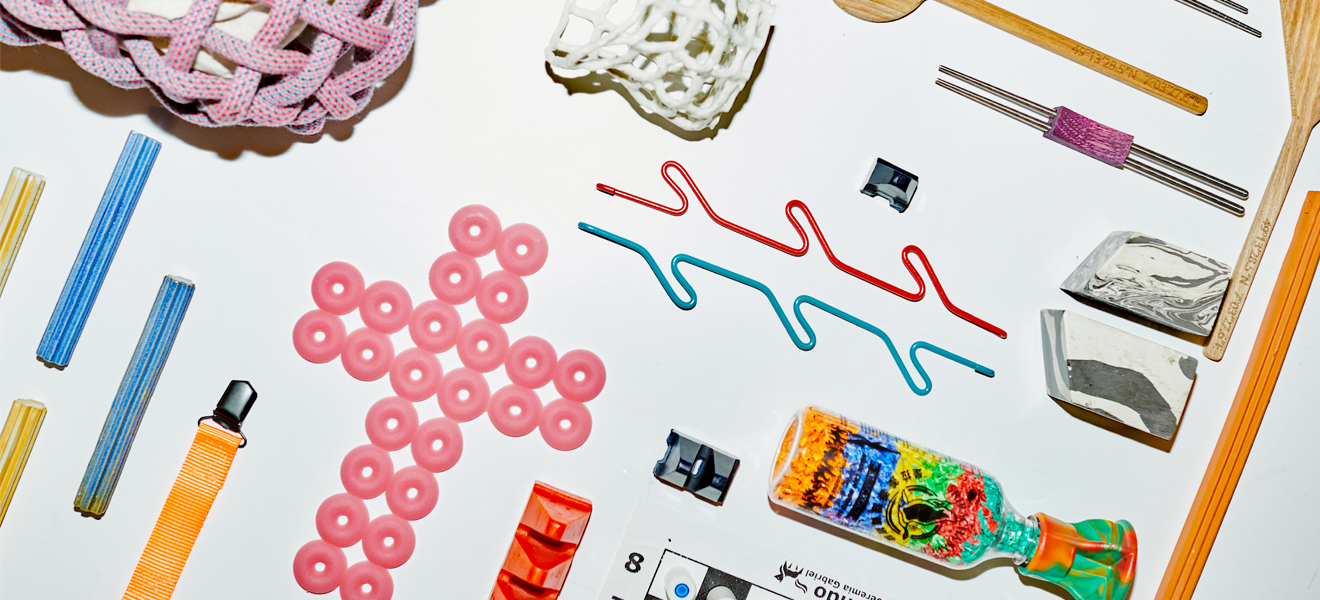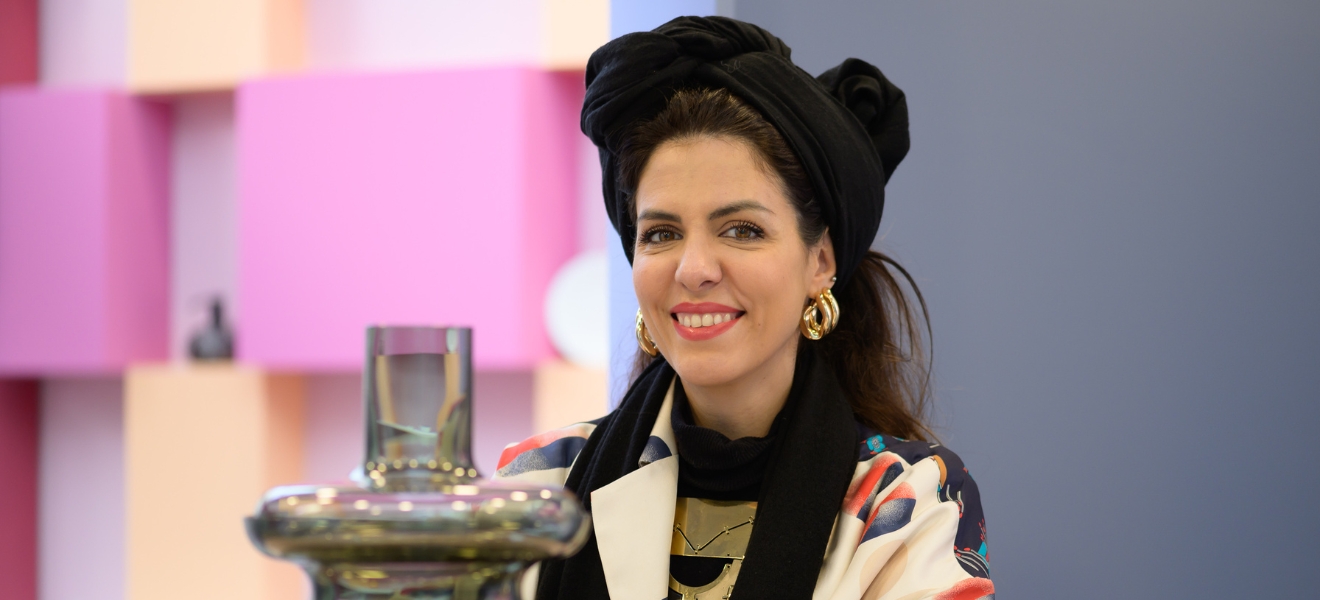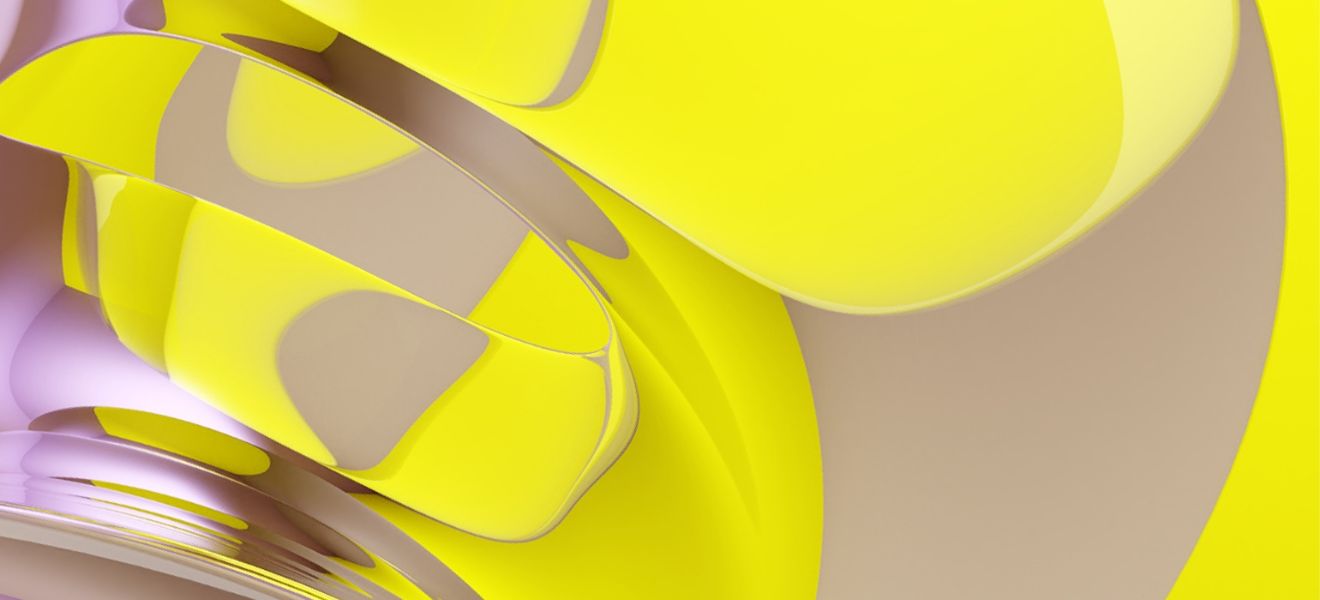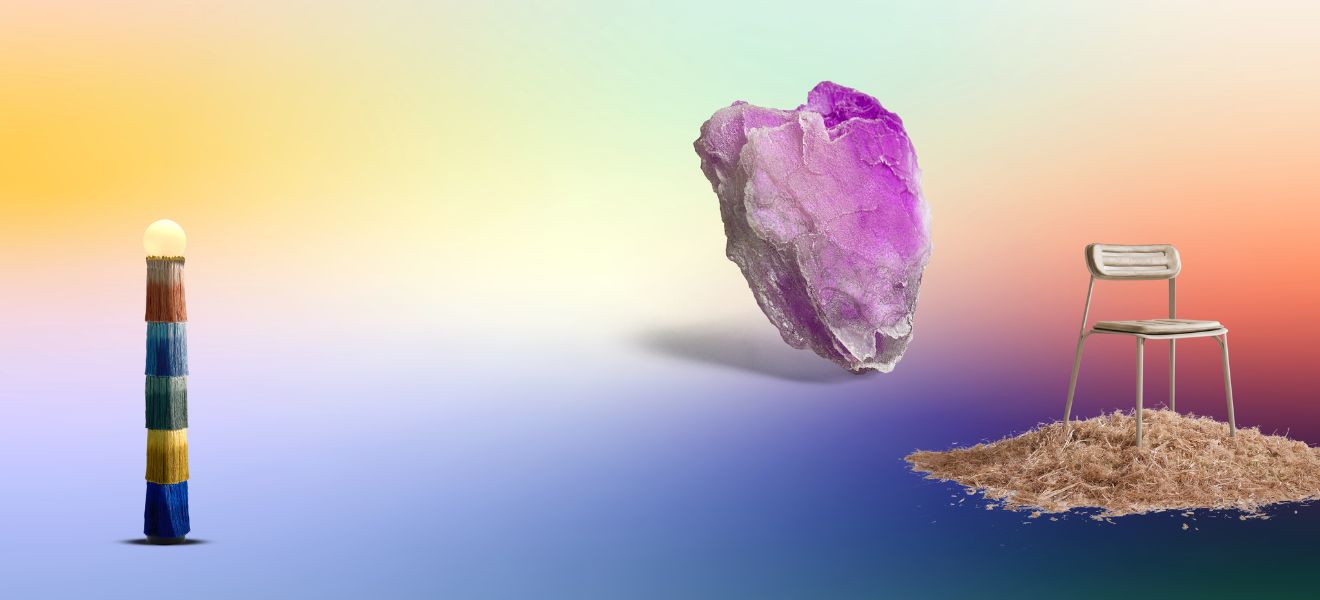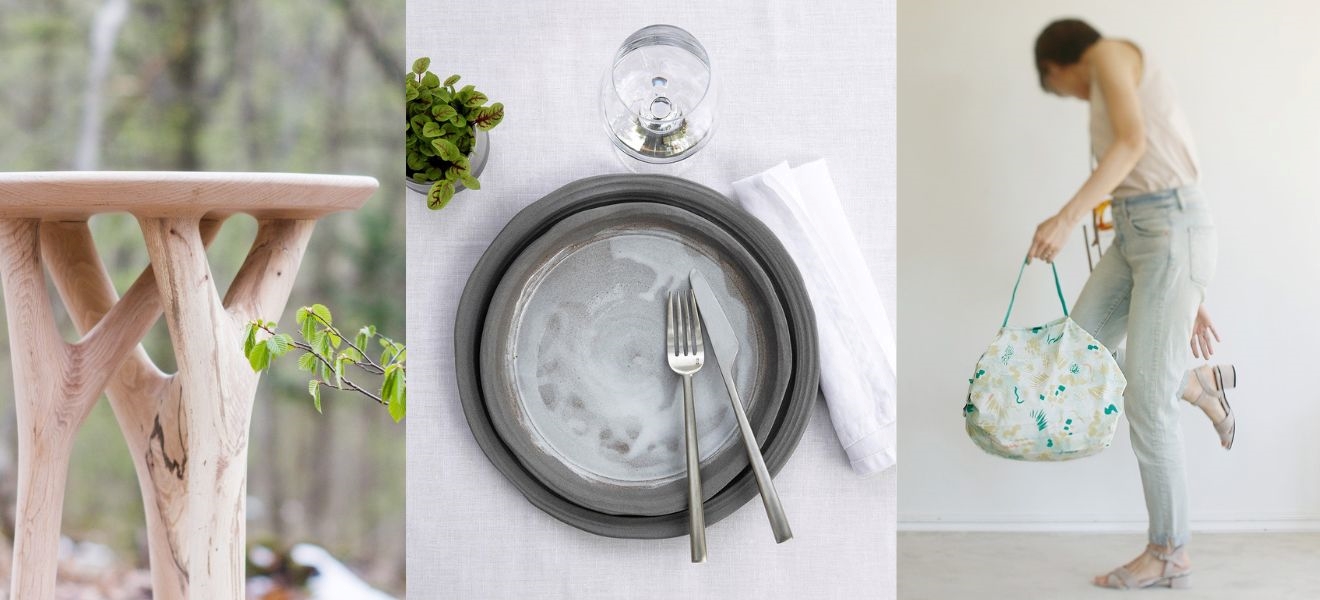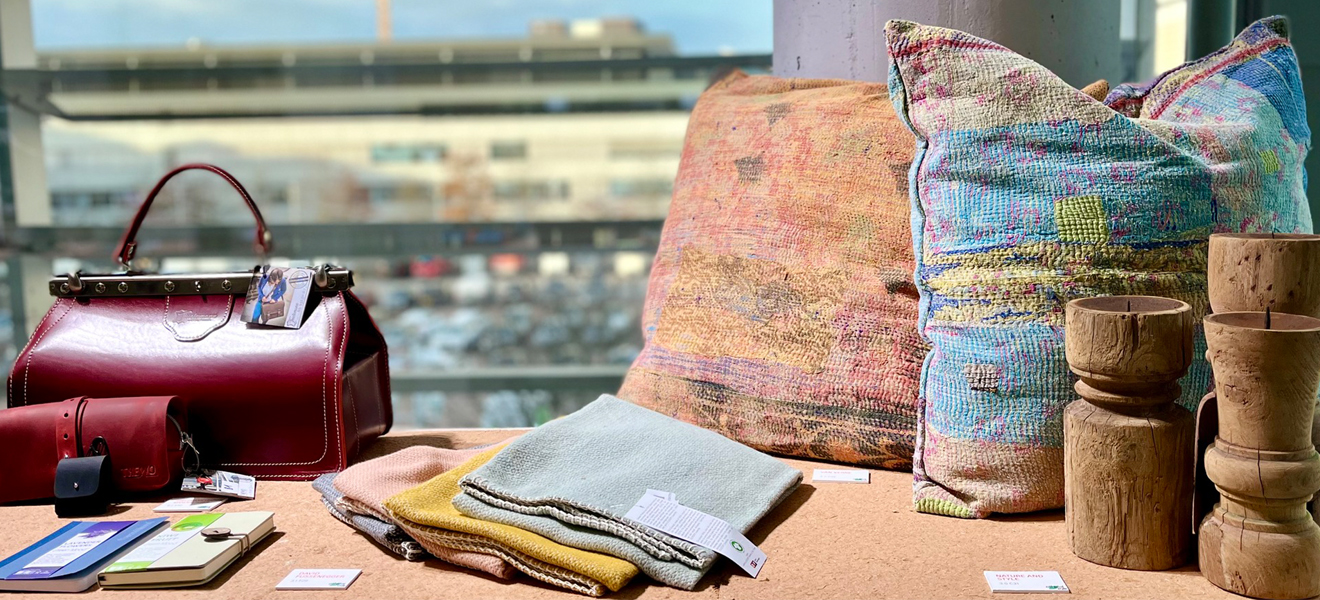What is Nordic Style? It emerged in the early 20th century and its key characteristics are simplicity, minimalism and functionality. By now there are signs that the style is becoming more colourful. So, let’s find out, where Nordic Style is today!
Trends often represent a reaction to what used to be. The fashion industry is always quickest to react, but the interior decoration and design industry isn’t far behind. Neutral colours, such as white and grey, have been the dominant tones in most Scandinavian homes, but brighter colours are now becoming increasingly popular.
At Nordic trend exhibitions and trade fairs, interior design has moved toward clearer, stronger colours such as shades of red and yellow while pale colours fade into the background. But how do the exhibitors at the world’s largest consumer goods fair Ambiente respond?
Scandinavian Interior Trends 2020
The biggest interior trends in Scandinavia are sustainable design, ethically produced materials, playfulness and hygge/cosiness with comfortable colours and plants. These trends provide infinite possibilities on how to decorate your home. Actually, they allow you to do almost everything you want – and as such are very welcome. They’ll hopefully make everyone reflect on who they are as a consumer, and think twice about shopping habits, especially with new purchases. When I took a quick look at the Ambiente Ethical Style Guide, I noticed – remarkably – that many exhibitors with eco-friendly materials come from the North.
As a designer and consumer, I want (whenever possible) to choose products made from environmentally friendly materials, such as renewable raw materials with low environmental impact throughout their lifecycle or organically certified products. Of course function is as important. And if the product is well designed, too, the combination is perfect.
My main goal at Ambiente was to find this sort of product and to see the extent to which Nordic Style was represented.
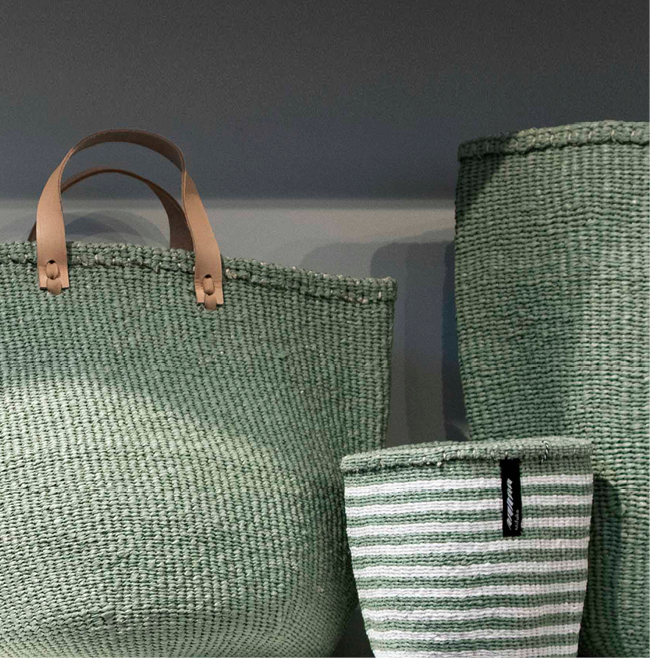
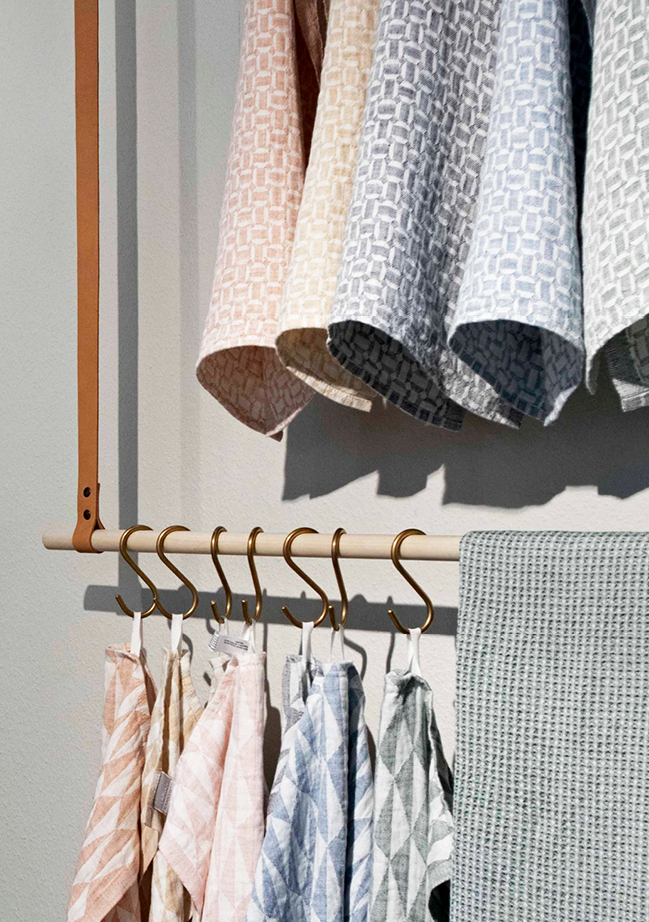
Bye-bye white?
I believe the foundation of Scandinavian design, and our Nordic homes, will always be brightness and simplicity, because it’s simply what we need with our lack of sunlight. Nordic people love earth-toned minimalistic colours. This is not going to change radically, even though playfulness and colour are finding their way into Nordic interiors after a long period of white enlivened with touches of black and grey.
As well as whitewashed interiors, Nordic countries have a long tradition of design inspired by pure, rugged nature. For example, the Lapuan Kankurit weaving company take a stand against nature-consuming, short-lived and cheap production. Everything they do is transparent and the materials they use can always be traced back to their source. I really appreciate that kind of commitment! I’ve followed their story for a long time and it is pleasing to see how they have transformed traditionally earth-toned linen products into shades of pastel. You might say that it’s not a very big or even a very colourful change – but trust me, for some Nordics it certainly is! Although this is not the perfect example of colourful Nordic Design, it does give an inkling of the upcoming trend of colour!
Another Finnish firm, the fairtrade-certified Mifuko, is a great example of a company that sells handmade products and works to maintain and promote craft skills – this time, though in Africa rather than Scandinavia. The design (and the colours) are still very Scandinavian and like Lapuan Kankurit they trust in pastel. Everything Mifuko do is guided by their core values: being unique, joyful and socially responsible. Uniqueness shows in their designs, wouldn’t you agree? Just as each one of the artisans is unique so is the product he or she has made. The company’s main mission is to promote welfare in the rural areas of Kenya. I’ve been following their journey and am delighted with their success. Great job!
But where are the all bright colours?
Classic Blue is Pantone’s colour of the year 2020. In Finland you can find blue-coloured consumer goods from almost every Scandinavian brand. But at Ambiente, this colour was more present in the tableware. I visited the stand of Be Home and inspected their handmade home and lifestyle products. They had painted their walls bright blue and it looked like a really nice combination with wood tones and simply shaped dishes.
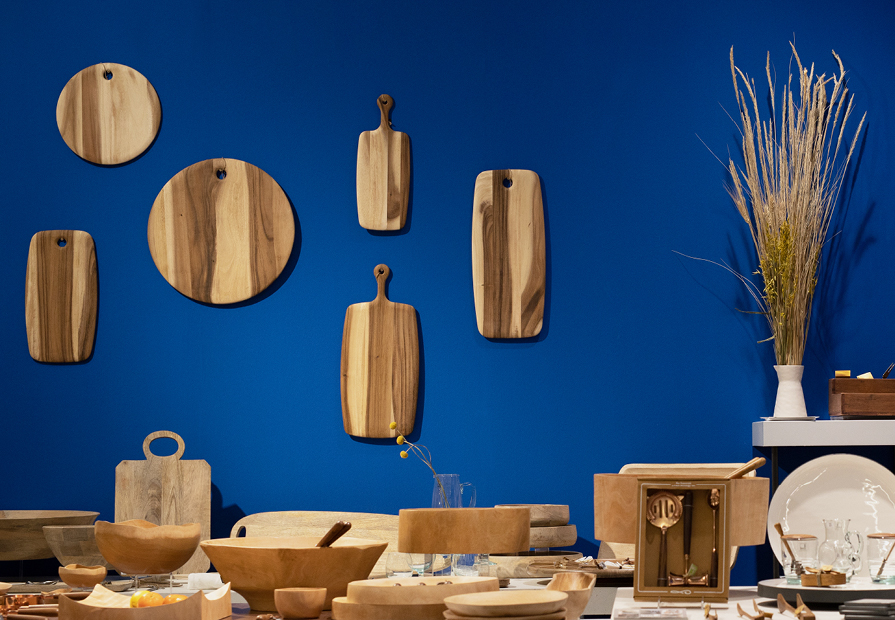
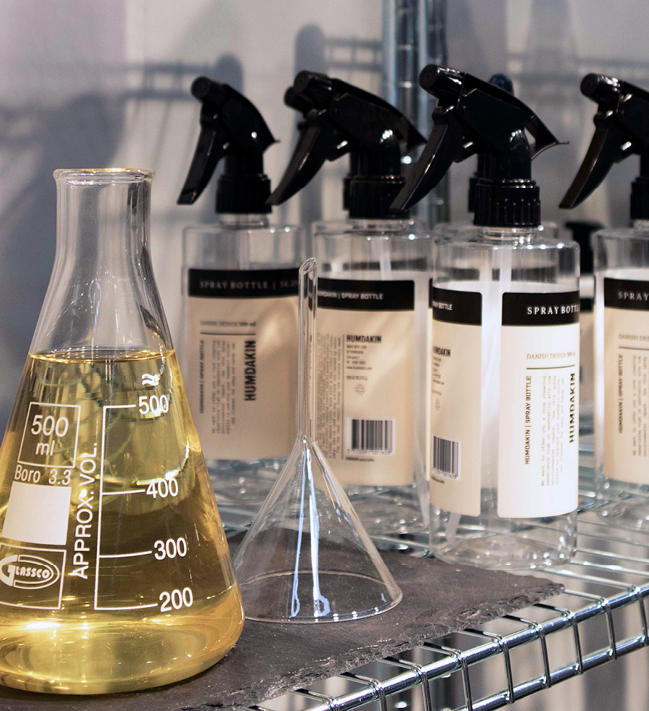

What is traditional Scandinavian design?
A really good example of the tradition of Nordic Design, its precision and clean lines, as well as its consistent choice of colours and materials, is Broste Copenhagen from Denmark, whose exhibition stand showcased everything that is truly fashionable in the Nordic countries. As you can see, Nordics really love earth-tone colours!
By combining beautiful design with cleaning, Humdakin, who make ethically produced home cleaning products, are a very interesting exception to the whole lot of interior design products here. Their packaging features some very typical Scandinavian graphics, which is characteristic of the simple and pure Nordic Design.
One new discovery I made was Verti Copenhagen. Their colourful VertiPlants wall jars can be used in a variety of ways that allow you to bring nature into your home and customise your space with simple, practical and quality designs.
In my opinion, that’s the best thing about the fair. Just keep your eyes and mind open, and you are sure to find something really surprising.
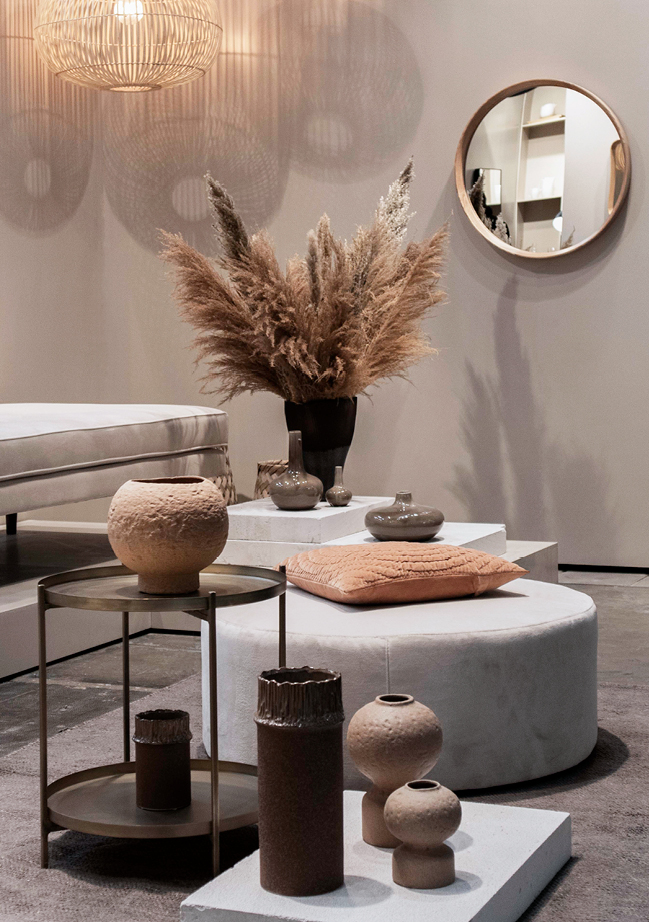

Pro tip for the fair
In my opinion, Ambiente – the world’s largest consumer goods fair – is one of the best places to see the direction in which the world’s interior design trends are going. My first visit to Ambiente was an inspiring adventure full of awesome encounters and huge amounts of seeing and doing. I bet I probably saw just a fraction of everything. Thank you so much for the invitation! Hopefully we’ll meet up again next year.
If you want to read more details about upcoming trends please visit my blog ‘Musta ovi’.
